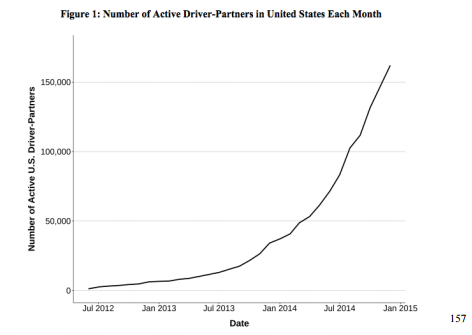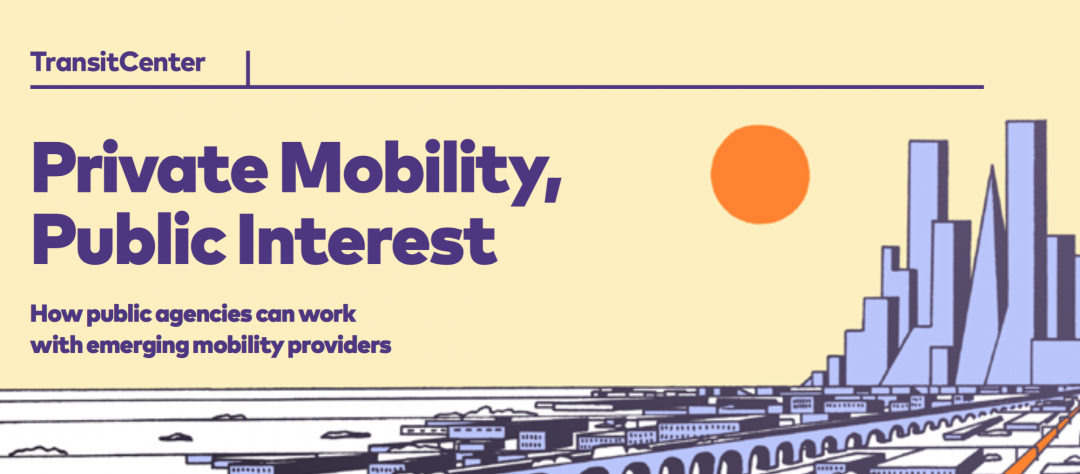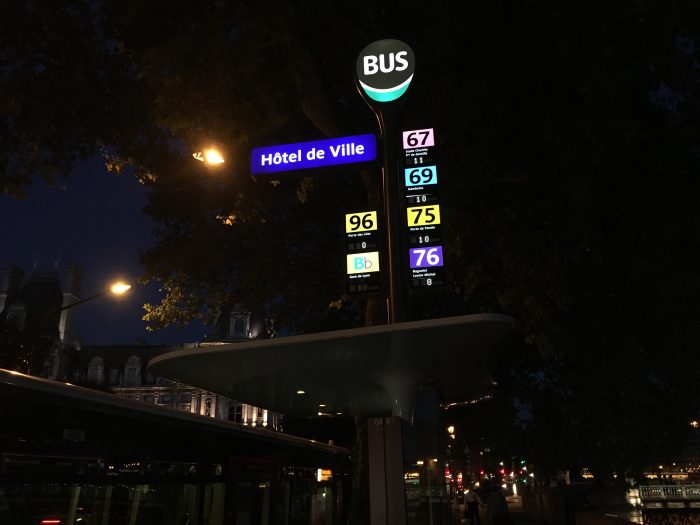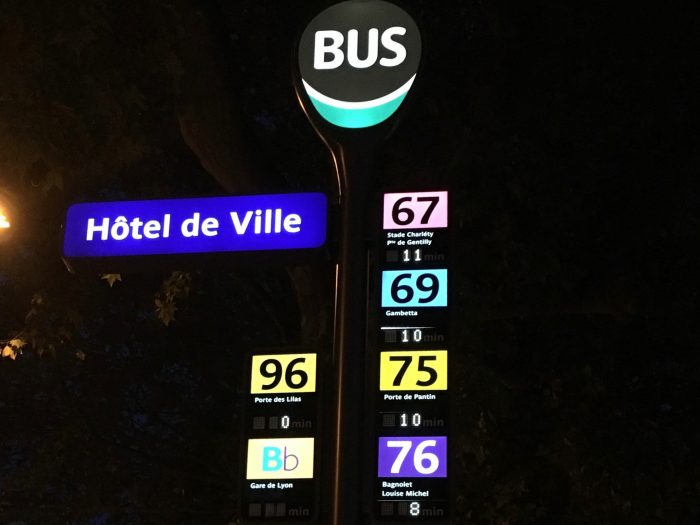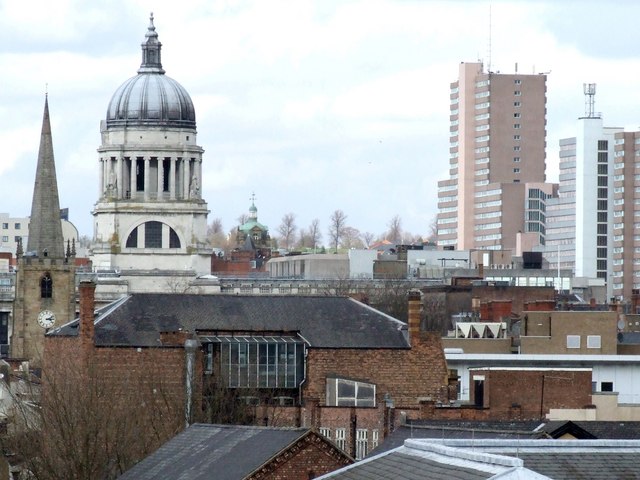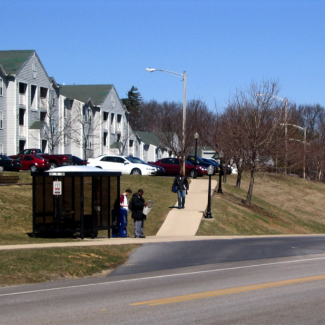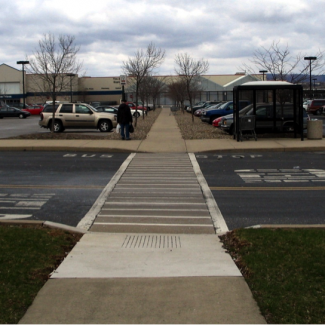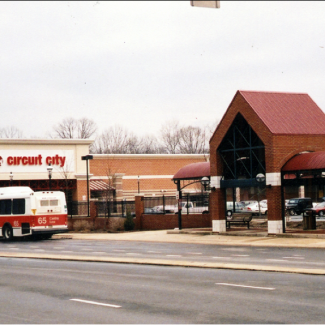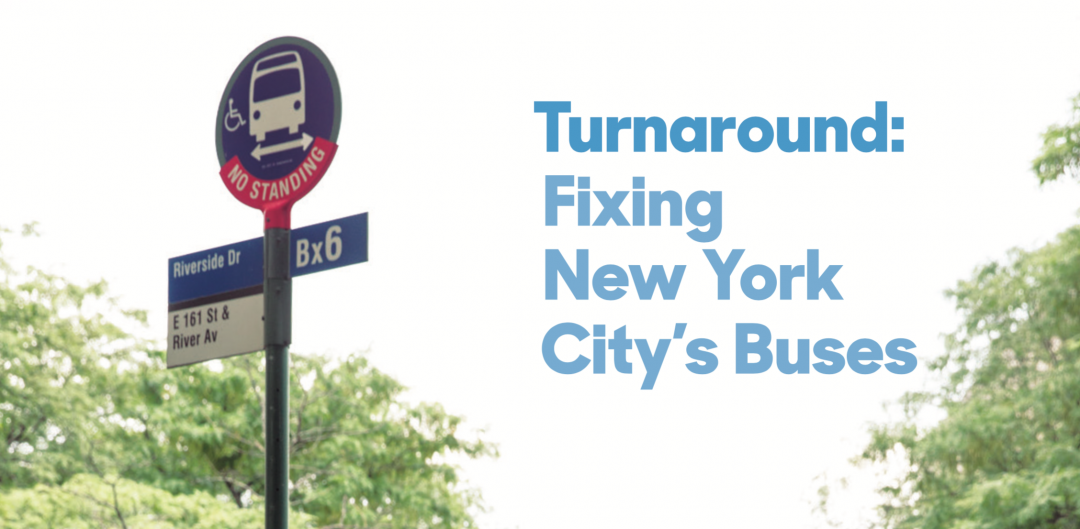
If you want to know why your bus system isn’t better, the answer is almost always that not enough people care, and that in particular, not enough influential people care. Sure, there are other kinds of resistance, but those can all be overcome when civic leaders decide that better bus service is important.
We’ve had two or three decades of architects and developers and other elite voices telling us that rail “matters” and buses don’t. Now we have Uber, Lyft, and all their peers. Their role is partly helpful — when they help transit agencies withdraw services that are wildly unproductive for them — but also partly harmful — as their PR can help urban elites feel good about not caring about bus service, or even about transit in general, regardless if that’s the intent.
But most people can’t afford to use Uber/Lyft/taxi all day. What’s more, not everybody lives on a rail line, and not everybody should. Some places are just not suited to rail transit. So if you want to serve your entire city, buses just have to work. (Buses, remember, are also the ideal tool for building a market to the point where rail transit starts to make sense.)
I’ve been working on this issue — against the enormous forces of apathy — for most of my career in North America and Australia. Lately, we’re starting to see progress, not just in the newly spectacular bus networks of Europe but also in North America’s denser cities. (Australia, sad to say, still lags a bit.)
In these places, it’s becoming obvious to everyone, not just to transit geeks, that
- … car-based travel (including Uber/Lyft/taxi) is hitting a wall of limited street space
- … rail transit systems, if any, aren’t adequate for everyone’s needs. (And remember, even cities with very extensive subways — like Paris and Barcelona — end up needing extensive, efficient and attractive bus systems too.)
So bus network redesign and reform is taking off in North America. I’ve been doing these designs for over 20 years, but only recently has it been politically possible to do really transformative redesigns in big cities, like our recent one in Houston. Up to now, the political direction has often been: “Don’t make any existing rider unhappy.” This, of course, is a flat prohibition on transformative design, and it ignores the fact that a lot of existing riders, not to mention potential riders, are unhappy already.
That’s why everyone in North America should be following, and replicating, successful campaigns for better bus service. For example, TransitCenter in New York is helping spearhead a “Turnaround” campaign to get leaders to pay attention to the city’s bus system.
Their excellent report, which I first wrote about here, is impressive because it talks about what really matters to every transit customer: logical network design and improvements to speed and reliability. They’re getting traction at City Council, which is impacting local media editorials.
The New York transit agency, MTA, is sounding defensive at first, which is understandable and can be overcome I try to encourage transit agencies to avoid talking this way, because I think it’s bad for their long term public support, but you should understand why they do. Every senior transit agency staffer in North America has been though endless hearings where people angrily demand things from them but refuse to do anything to help. (For example, in cases where transit service consistently inadequate everywhere, people spend too much time yelling about how they are being poorly service but everything would be fine if the agency just cut service to those other people.)
These days, most great transit improvements arise from partnerships, where transit agencies, city governments, unions, and key constituent groups, and voters at the ballot box are cooperating to put all the pieces in place. (There are places where transit agencies must lead, most obviously in network design and service quality, but when I lead service designs I do my best to involve cities and key stakeholders in that too.) There’s always tension in these relationships, but they get a lot more done that yelling at transit agencies does.
So takeaways:
- Your city would probably be better off with better bus service.
- Better bus service for your city is not the same as service micro-designed around your personal needs.
- If you want better bus service, be confident that there are people inside your transit agency who want the same thing.
- Still, some transit agencies can sometimes sound resistant and defensive. This reflects their decades of experience of being bombarded with unrealistic demands, often belligerently expressed. Yelling at them louder does not make this better. You have to work with them, take the time to understand their situation, and offer to help.
